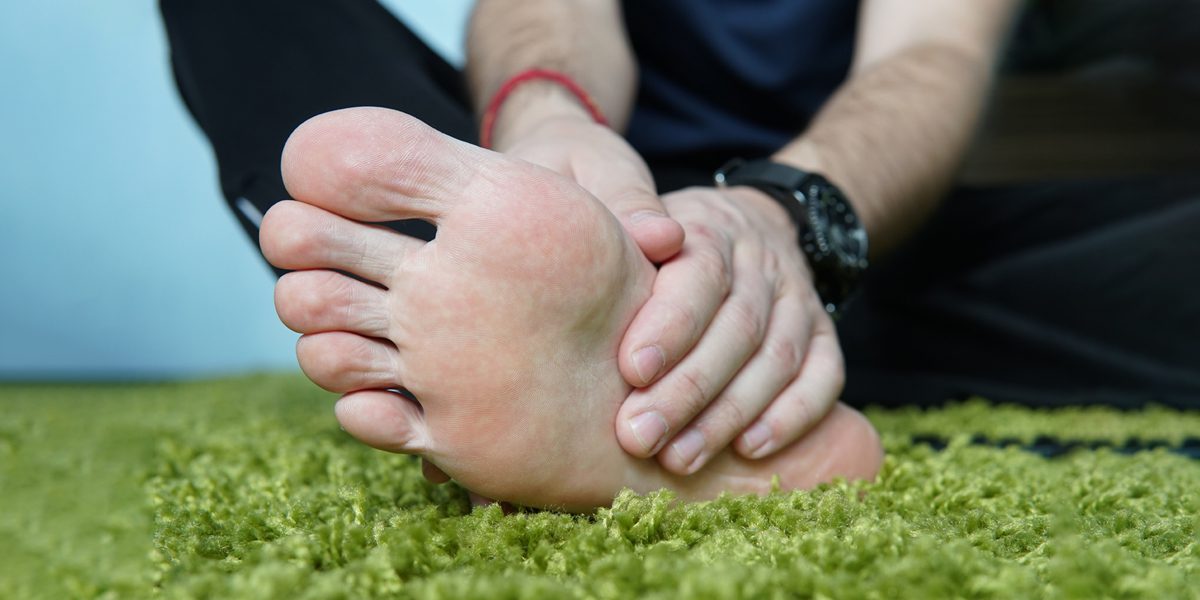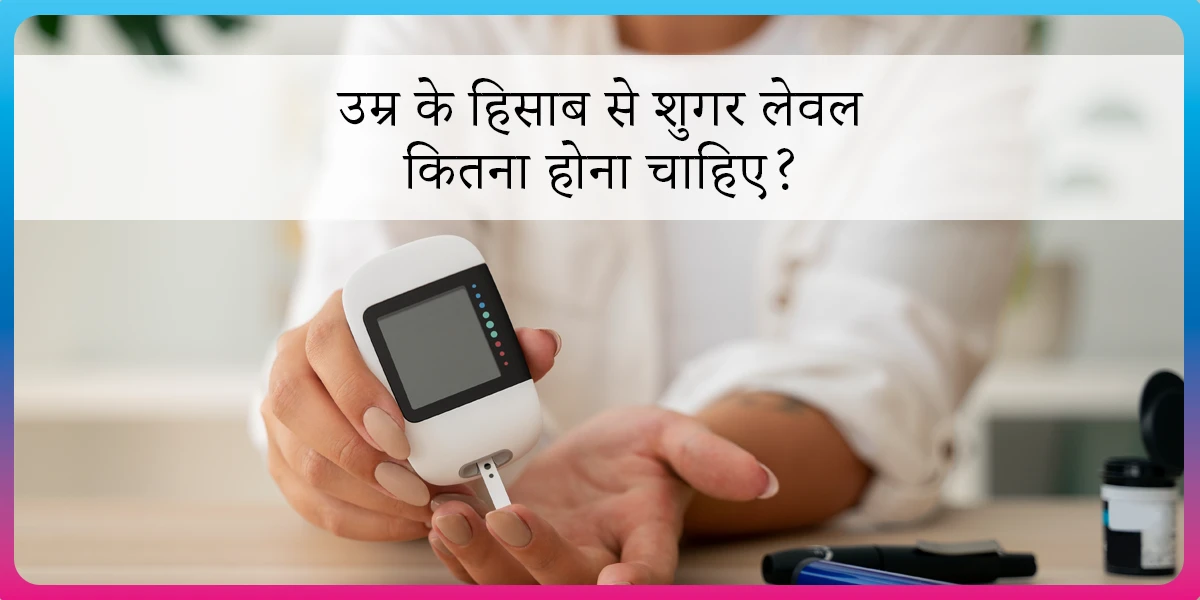6 Questions About Diabetes Dermopathy- Answered!

You may be surprised to know that diabetes also significantly impacts our skin. Studies show that almost 50% of people living with diabetes will develop some form of dermatoses, which is a general term used to describe any skin defect or lesion on the skin.
One of the most common presentations of skin lesions is Diabetes Dermopathy, found in 7-70% of people with diabetes and is more common in men over 50 years.
In this article, we will take a deeper look into diabetes dermopathy and answer some of the most frequently asked questions about the condition. Let’s start with the basics.
What is Diabetes Dermopathy?
Diabetes dermopathy is identified by round or oval skin lesions that are reddish or brownish. Although they are found anywhere on the body, they tend to develop along bony parts, especially on the shins (the bony front part of your lower leg).
That‘s why diabetes dermopathy is also called pigmented pretibial patches or diabetes shin spots. The lesions are surrounded by a reddish discoloration (erythema) which is more prominent in people with fair skin and usually involves the face, neck, hands, and feet.
Don’t struggle alone & get the expert care you deserve

Even though diabetes dermopathy is considered to be one of the most common skin lesions in diabetes, it is essential to note that it is not distinctive or characteristic enough to make a diagnosis of diabetes.
Therefore, you should still undergo a complete evaluation and the required tests to rule out any other causes of these skin lesions.
What causes diabetes dermopathy?
While we haven’t been able to narrow down the exact causes of diabetes dermopathy, researchers believe that it occurs due to a combination of physical changes in the skin after exposure to high blood sugar levels.
High glucose levels are known to damage the small blood vessels and the nerves present just below the skin’s surface. This could lead to mild but repeated trauma to the affected areas, which often go unnoticed and untreated.
Shin spots have been connected to leg injuries and are believed to be a reaction to trauma in people with uncontrolled diabetes. The lesions then become discolored with dark pigments like hemosiderin and melanin deposited in the area.
What does diabetes dermopathy look like?
Diabetes dermatoses initially present as rounded, dull, red papules or raised lesions that progressively evolve over 1-2 weeks into well-contained, atrophic, or dry, brown lesions with a fine scale. After 18-24 months, the lesions heal, leaving behind a concave or dipped scar and discolored patches (hyperpigmentation).
Clusters of spots that have existed for a time become slightly indented and may even be mistaken for age spots. These patches usually occur over bony prominences on both sides of the body, although one side can be more affected. They are seen on the front of the thighs, scalp, sides of the feet, chest, and forearms.
People also ask, “Is diabetes dermopathy itchy? Is diabetes dermopathy painful?”
Diabetes dermatoses patches do not itch, open up, or hurt. So the symptoms of diabetes dermopathy are usually seen, not felt.
However, poor blood circulation usually found in diabetes may also cause itching in the lower part of the legs, which may be attributed to the diabetes dermatoses lesions.
In that case, it’s natural to wonder, “Is diabetes dermopathy dangerous?”
While the skin lesions themselves may not be dangerous, they could be a sign of uncontrolled blood sugar levels that needs to be treated. It also indicates that high blood sugar could have caused blood vessel and nerve damage, which must be tested and treated.
Studies show that people with diabetes dermopathy also have diabetes kidney disease (nephropathy), retinal or eye disease leading to decreased vision (retinopathy), or sensory loss in their hands and feet due to nerve damage (neuropathy). In addition, research revealed that 53% of people with diabetes mellitus with diabetes dermopathy had heart disease.
How do I know if I have diabetes dermopathy?
If you see any strange skin lesions, you should visit your skin doctor or dermatologist for an opinion.
The diagnosis of diabetes dermopathy is usually made by simply examining the skin. Doctors will evaluate the lesions’ shape, color, size, and location to see if they are characteristic of diabetes dermopathy.
Although a skin biopsy is not required, one may be performed if the doctor is concerned about other co-existing skin conditions. Even when a biopsy is completed, it is usually not very conclusive.
They show inflammatory cells around enlarged blood vessels, tissue swelling (epidermal edema), and dispersed pigment granules in newer lesions or shrunken skin cells (epidermal atrophy) in older lesions.
What is the treatment for diabetes dermopathy?
Since the lesions are asymptomatic and usually resolve on their own, with time, there is no active treatment for diabetes dermopathy. However, it is a warning sign for uncontrolled diabetes and its complications.
Considering the visible cosmetic effect of the lesions, it’s natural for people with diabetes dermopathy to ask, “Does diabetes dermopathy go away?”
Like any hyperpigmented lesion or healed scar on our skin, the existing lesions usually fade as time goes by. Makeup and moisturizers can improve the appearance of the lesions as they heal.
So, can diabetes legs or diabetes dermopathy be cured?
While the scars and hyperpigmentation may fade with time, the breaks in the skin may not always heal completely, especially if the blood sugar levels remain higher than normal. Keeping the skin moisturized and free of injury is vital to help it heal and prevent more lesions.
How is diabetes dermopathy prevented?
The most important step to prevent the spread of diabetes dermopathy lesions is to bring blood sugar levels under control. This helps prevent blood vessel and nerve damage believed to cause dermopathy skin lesions.
Conclusion
Skin manifestations of diabetes usually indicate that blood glucose levels are not under control and should prompt a visit to your doctor for evaluation and testing. Paying attention to these warning signs can help prevent further complications of diabetes.
Fittertake
With the many signs, symptoms, and complications that point toward uncontrolled sugar levels, people with diabetes must keep their glucose levels in check by sticking to their treatment goals.
Here is where Fitterfly comes in! Our programs help you make behavioral changes that last a lifetime to break free from the chains of metabolic disorders like diabetes.
This is why Fitterfly has launched India’s 1st Metabolic Health Challenge called Metamorphosis. You can find out more about our smart, personalized, clinically validated & digitally led 90-day programs linked here – https://www.fitterfly.com/
This blog provides general information for educational and informational purposes only and shouldn't be seen as professional advice.
Don’t struggle alone & get the expert care you deserve





















